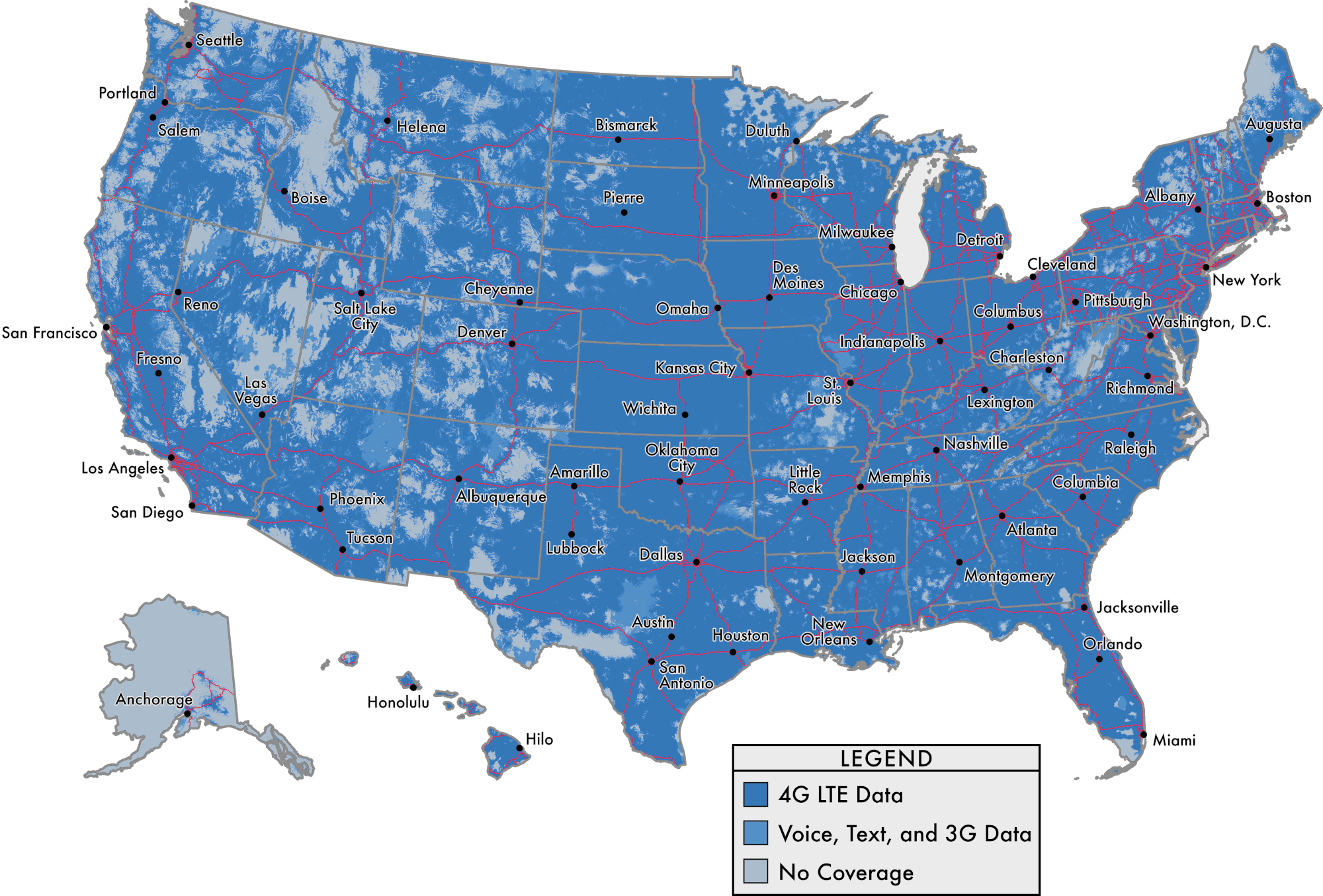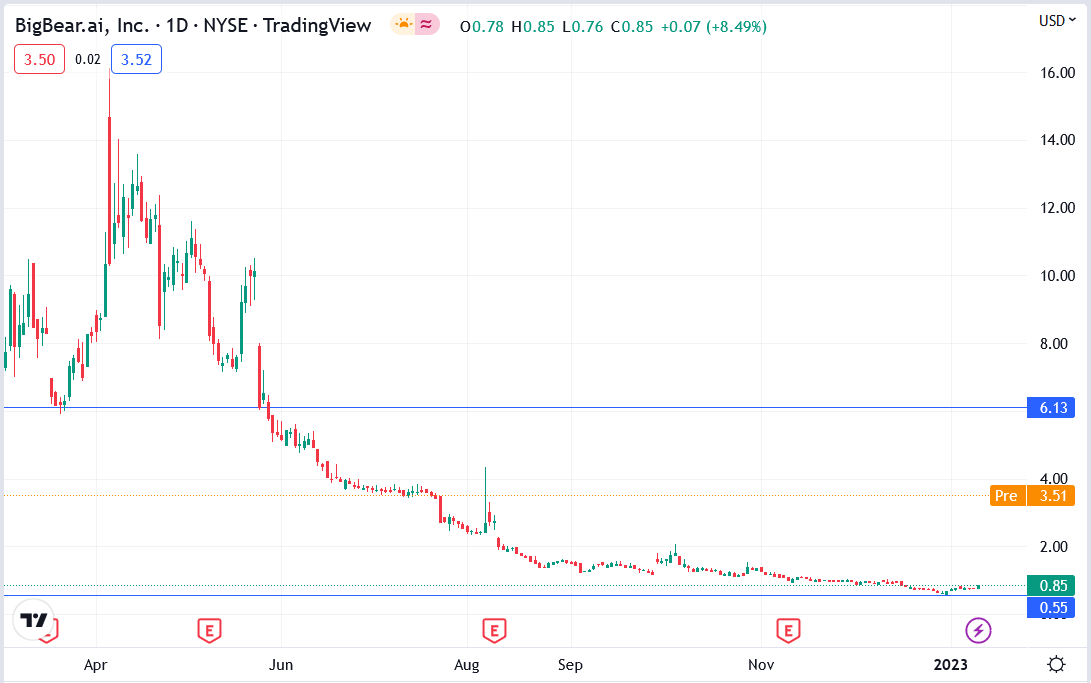Identifying Prime Business Locations: A Nationwide Map Of New Hot Spots

Table of Contents
Analyzing Demographic Trends to Identify Prime Business Locations
Understanding the demographics of a potential location is crucial for predicting your business's success. Targeting the right customer base is paramount, and demographic analysis helps you pinpoint areas with the highest concentration of your ideal customer profile.
Population Growth and Age Demographics
Areas experiencing significant population increases often indicate strong economic growth and a larger potential customer base. The age demographic is equally important; aligning your business with the prevalent age group maximizes your reach and minimizes wasted marketing efforts.
- Utilize census data: Government census data provides invaluable insights into population size, age distribution, and other key demographic metrics.
- Population projections: Look beyond current figures; population projections offer a glimpse into future growth, allowing you to make forward-thinking decisions.
- Market research reports: Leverage professional market research reports to gain deeper insights into specific demographics within a targeted area. These reports often include detailed breakdowns of age, income, and lifestyle factors.
- Analyze birth rates and migration patterns: Understanding the factors driving population changes—birth rates, immigration, and internal migration—provides a clearer picture of long-term growth potential. For example, areas with high birth rates might be ideal for businesses targeting families, while areas with significant immigration might offer diverse market opportunities.
Understanding Consumer Spending Habits
Analyzing consumer spending habits allows you to identify areas with high disposable income and strong purchasing power, essential for business viability. Understanding how consumers spend their money reveals the economic strength of a location and its suitability for your specific business model.
- Leverage consumer spending data: Utilize government data and private sector reports to identify areas with high consumer spending. Data on retail sales, restaurant spending, and entertainment expenses paints a vivid picture of consumer habits.
- Analyze local economic indicators: Track economic indicators such as median household income, unemployment rates, and poverty levels to determine the overall economic health of a potential location.
- Consider specific industry spending patterns: Your research should delve deeper than general spending habits. Analyze industry-specific spending data to understand the local market's demand for your goods or services. For example, a high concentration of tech firms might indicate a strong market for tech-related support services.
Evaluating Infrastructure and Accessibility for Optimal Business Location
The infrastructure surrounding your business directly impacts its operational efficiency and accessibility for both employees and customers. Investing in a location with inadequate infrastructure can lead to significant logistical challenges and increased costs.
Transportation and Logistics
Efficient transportation is crucial for the seamless movement of goods and people. Proximity to major transportation hubs is often a deciding factor for businesses involved in logistics, distribution, or retail.
- Analyze commute times and traffic patterns: Long commute times can discourage potential employees, while frequent traffic congestion can lead to delivery delays and frustrated customers.
- Consider proximity to airports and freight terminals: For businesses involved in international trade or reliant on efficient freight transportation, proximity to major transportation hubs is paramount.
- Evaluate the efficiency of public transportation: Easy access to public transportation benefits both employees and customers, making your business more accessible and reducing reliance on personal vehicles.
Utilities and Technology Infrastructure
Reliable access to utilities and high-speed internet is crucial for most businesses. Outtages and slow internet speeds can disrupt operations and negatively impact productivity.
- Research utility costs and reliability: Compare utility costs across different locations to determine the most cost-effective option. Reliable access to essential utilities—electricity, water, and gas—is non-negotiable.
- Assess internet speed and availability of broadband services: High-speed internet access is crucial for online businesses and those reliant on data-intensive applications. Investigate the availability of fiber optic internet and broadband services.
- Check for potential disruptions or limitations in utility access: Research the history of utility disruptions in the area to gauge the potential for future outages.
Assessing the Competitive Landscape and Market Saturation
Understanding the competitive landscape and identifying market gaps is crucial for strategic decision-making. Entering an oversaturated market can lead to fierce competition and reduced profit margins.
Identifying Market Gaps and Opportunities
Thorough market research is essential to identify underserved niches and opportunities for your business. Avoid directly competing with established businesses in already saturated markets.
- Conduct thorough market research: Use a combination of online tools, local directories, and on-the-ground observation to understand the competitive landscape.
- Use online tools and local directories to identify competitors: Explore online business directories and use search engines to identify your direct and indirect competitors.
- Analyze the strengths and weaknesses of existing businesses: Identify opportunities to differentiate your business and offer unique value to customers.
- Look for underserved niches: Focus on identifying specific customer needs that are not currently being met by existing businesses.
Evaluating Local Regulations and Zoning Laws
Before committing to a location, it's crucial to understand local regulations and zoning laws to avoid potential legal issues and delays.
- Research local zoning laws and land use regulations: Ensure that your planned business activities are permitted in the chosen location.
- Contact local authorities to obtain information on permits and licensing procedures: Obtain necessary permits and licenses before commencing operations to avoid delays and potential penalties.
- Ensure your business activities comply with all regulations: Operate within the legal framework to avoid potential legal challenges and maintain a positive reputation.
Utilizing Data-Driven Tools for Identifying Prime Business Locations
Leveraging technology significantly enhances the location selection process, enabling you to analyze multiple factors simultaneously and make data-driven decisions.
Leveraging Geographic Information Systems (GIS)
GIS technology provides powerful visualization tools, allowing you to overlay various data layers (demographics, transportation, competition, etc.) to identify areas with favorable characteristics.
- Utilize GIS software to overlay various data layers: Integrate demographic data, transportation networks, competitor locations, and other relevant data to create a comprehensive picture of potential locations.
- Identify clusters of favorable factors: GIS allows you to easily identify areas where multiple positive factors converge, indicating ideal locations.
- Analyze spatial relationships between data points: Understand the relationships between different factors and how they influence each other.
Employing Online Business Location Tools and Databases
Numerous online resources offer data and tools specifically designed to help businesses identify prime locations. These tools often consolidate various data sources, making the research process more efficient.
- Use online business databases to research areas and compare potential locations: Many online databases provide detailed information on demographics, consumer spending, and market competition.
- Utilize market analysis tools to gather detailed information on specific locations: Many tools provide in-depth market analyses, including competitor analysis, customer segmentation, and sales forecasting.
- Look for tools that combine multiple data sources: Choose tools that integrate data from various sources to provide a holistic view of potential locations.
Conclusion
Identifying prime business locations is a critical step in building a successful enterprise. By carefully analyzing demographic trends, infrastructure, competition, and utilizing data-driven tools, you can significantly increase your chances of selecting a location that fosters growth and profitability. Remember to consider all the factors discussed above when searching for prime business locations and don't underestimate the power of thorough research and data analysis. Start your search for the perfect location today – the opportunity to establish your business in a thriving new hot spot awaits!

Featured Posts
-
 Understanding The Big Bear Ai Bbai Stock Price Crash Of 2025
May 21, 2025
Understanding The Big Bear Ai Bbai Stock Price Crash Of 2025
May 21, 2025 -
 Trans Australia Run The Quest For A New World Record
May 21, 2025
Trans Australia Run The Quest For A New World Record
May 21, 2025 -
 Your First Alert Strong Winds And Severe Storms Expected
May 21, 2025
Your First Alert Strong Winds And Severe Storms Expected
May 21, 2025 -
 The Traverso Familys Enduring Legacy At The Cannes Film Festival
May 21, 2025
The Traverso Familys Enduring Legacy At The Cannes Film Festival
May 21, 2025 -
 Mangas Disaster Forecast Tourists Cancel Japan Trips
May 21, 2025
Mangas Disaster Forecast Tourists Cancel Japan Trips
May 21, 2025
